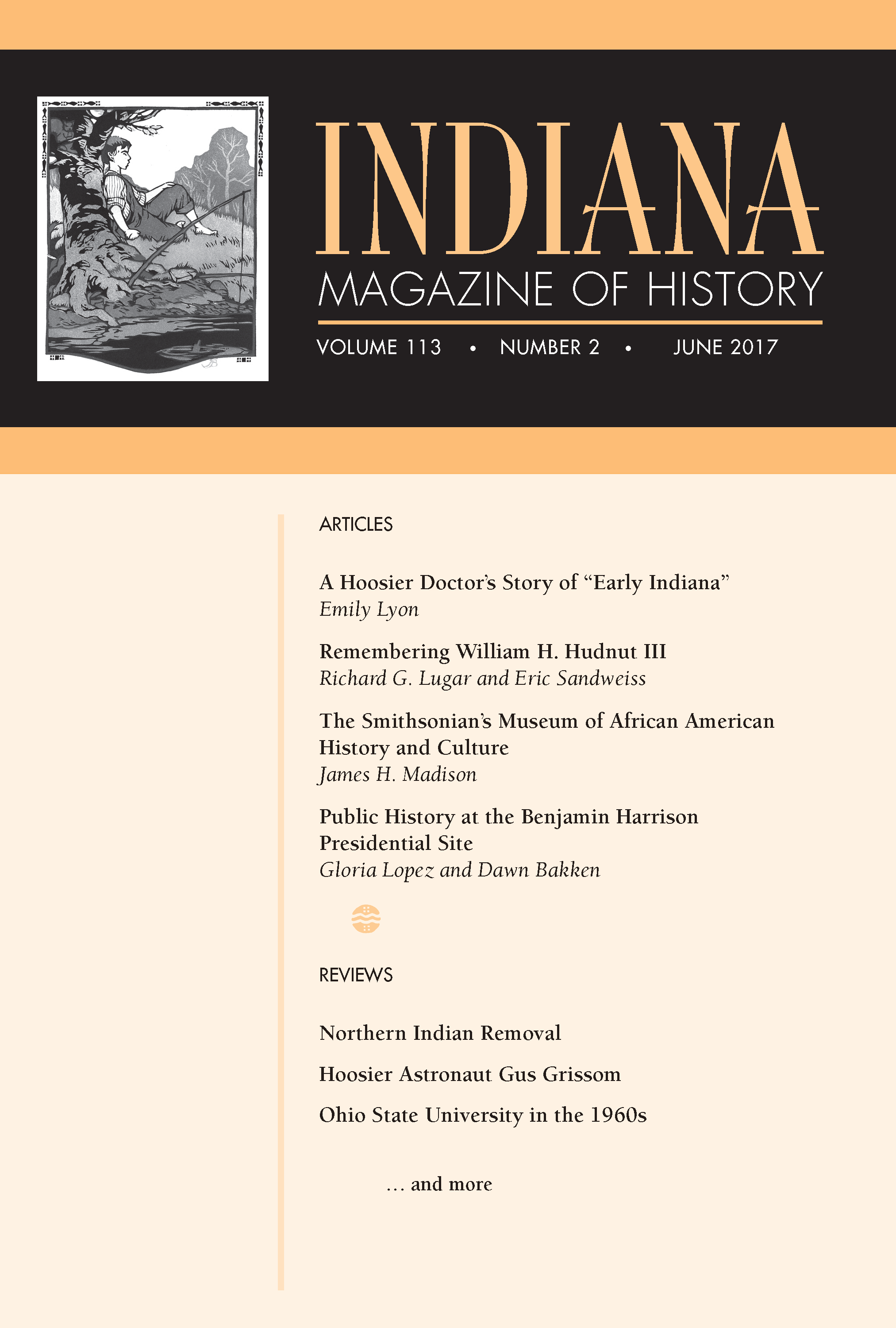Manhood on the Line: Working-Class Masculinities in the American Heartland By Stephen Meyer
Main Article Content
Abstract
Stephen Meyer’s Manhood on the Line—the International Labor History Association’s book of the year—is, thankfully, less theory-driven and jargon-laden than most masculine studies monographs. It deals primarily with the misogynistic workplace subculture of Michigan automakers between 1920 and 1945, with brief looks at what transpired on the shop floor beforehand and afterwards. In seeking union recognition, labor militants viewed their battles as manly struggles against forces out to exploit and emasculate them, as Meyer’s cover photograph—of United Auto Workers (UAW) loyalists beating a “scab” attempting to cross a picket line at the Ford Rouge Plant in 1941—illustrates well. When the workplace was largely a male preserve, Meyer concludes, masculine manifestations included cursing, fighting, vulgar banter with undertones of racism, hazing of newcomers, and crude horseplay, including such homoerotic behavior as goosing unsuspecting co-workers and pulling at their nipples. Meyer quotes Peter N. Stearns’s Be a Man: Males in Modern Society (1979): “When I was eighteen I knew it took four things to be a man: fight, work, screw, and booze.”
